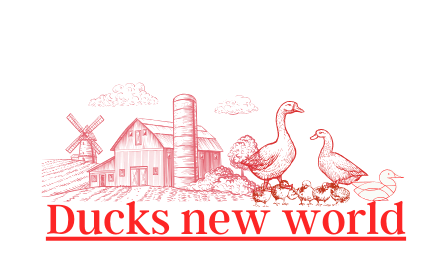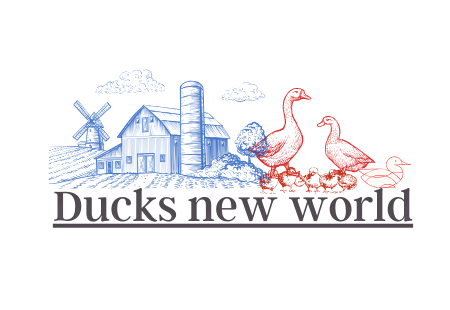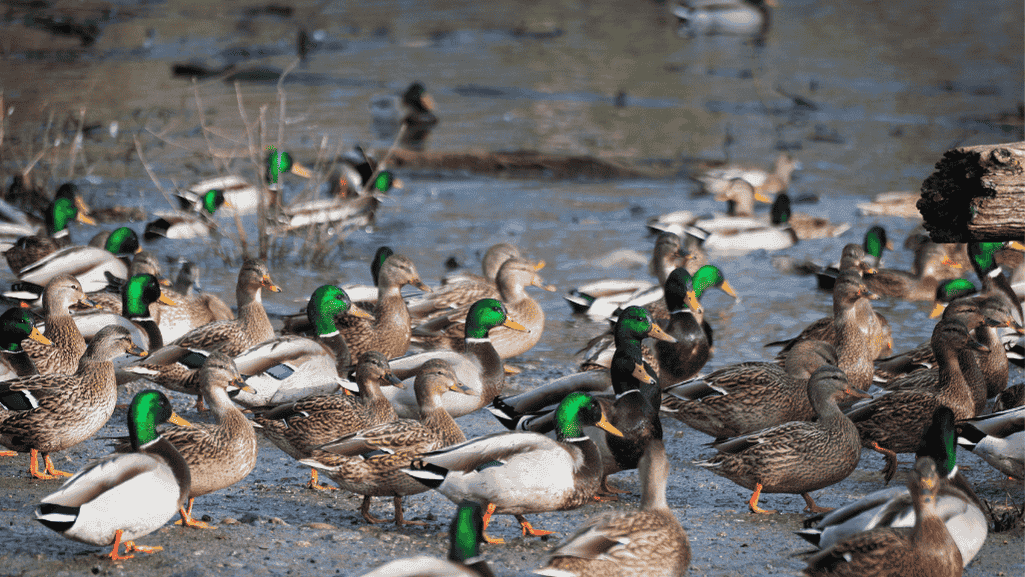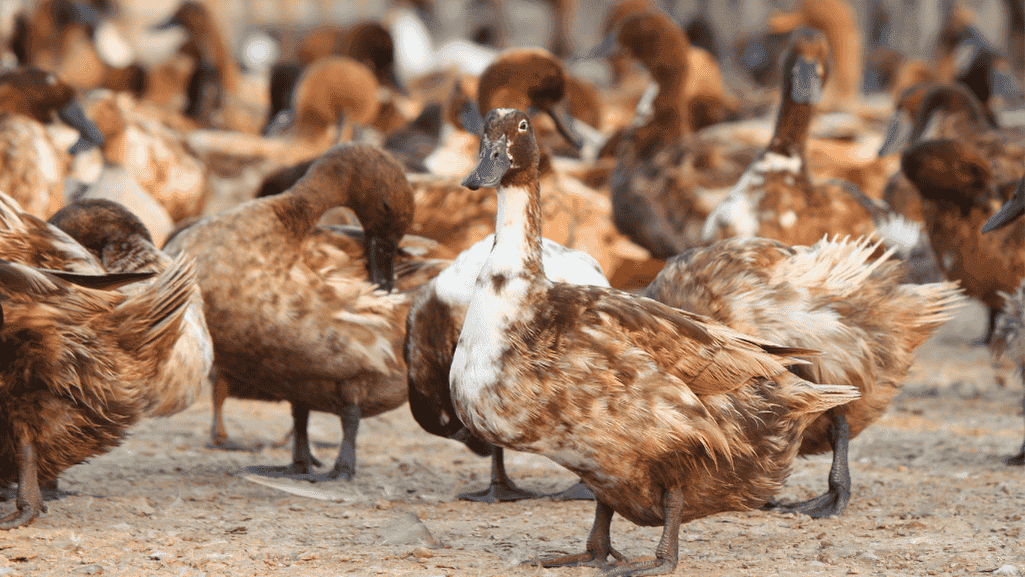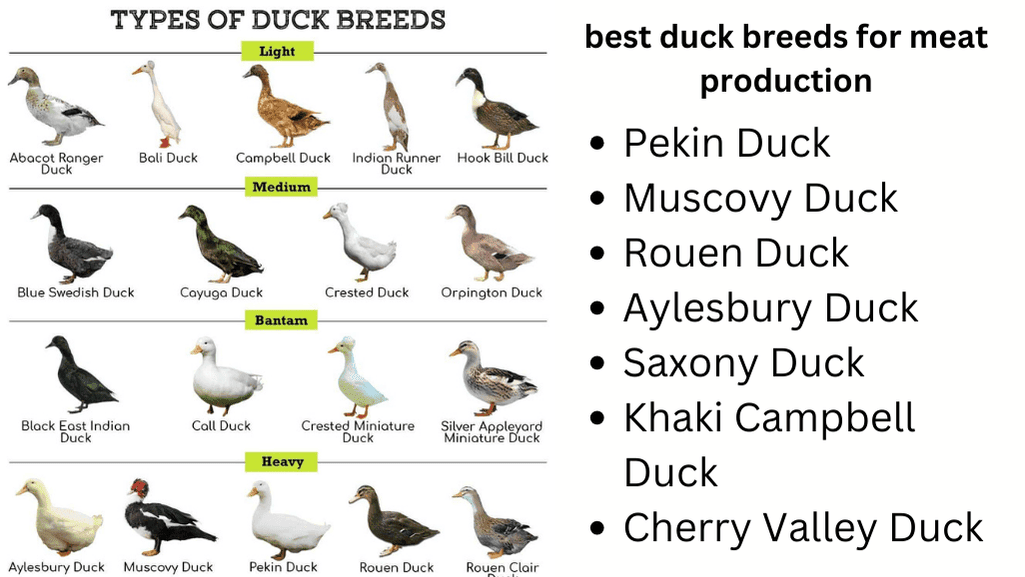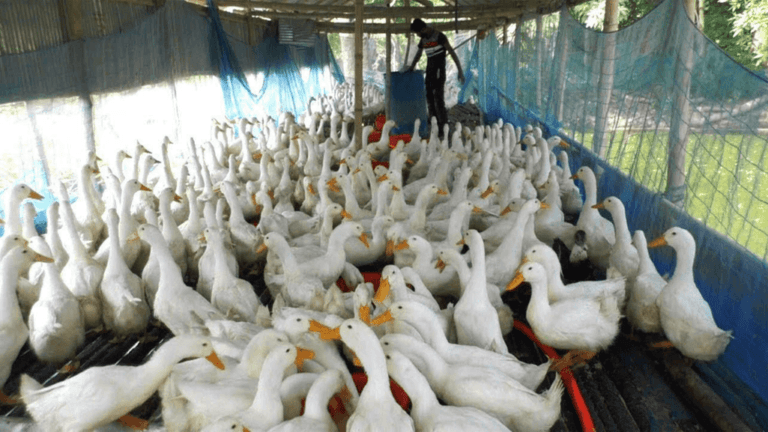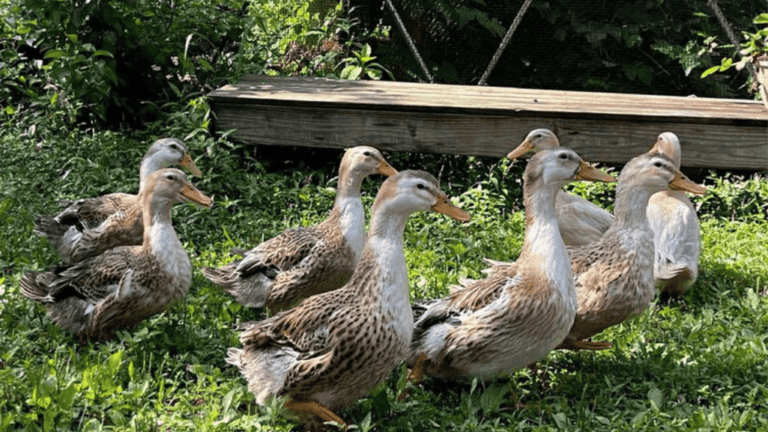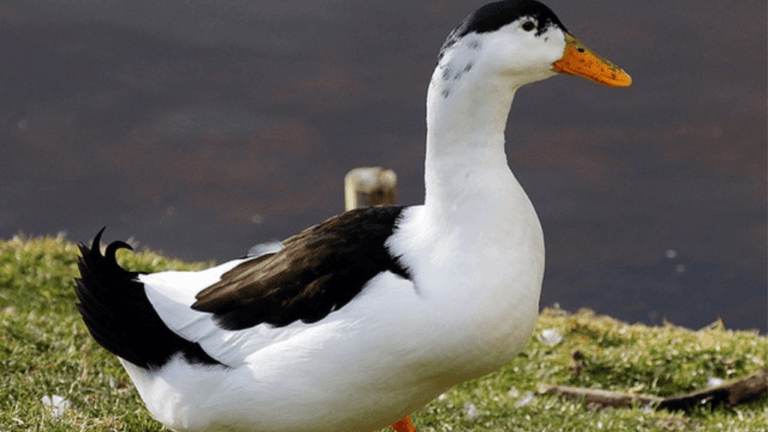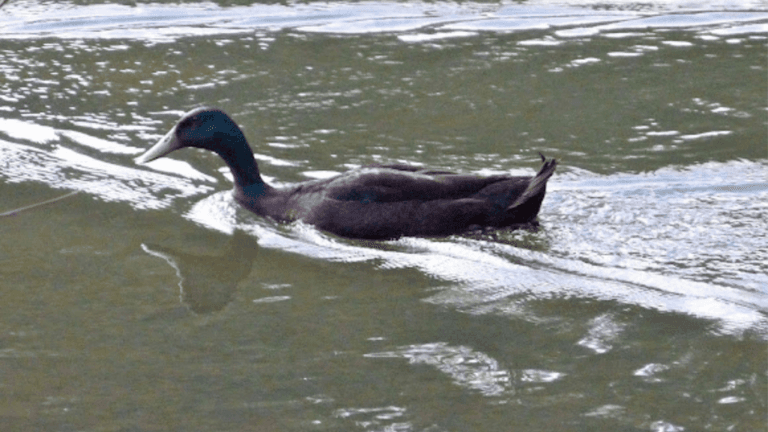Thinking about getting ducks for your backyard or farm? It’s key to know the cost of ducks. The price varies by breed, age, and purpose. This guide will help you understand the costs of owning ducks.
Ducklings cost between $8.68 and $44.99. Call Ducks are the most expensive at $44.99. But, you can find other breeds like Black Swedish, Blue Swedish, Buff, and Khaki Campbell for about $8.89.
For pet ducks, prices are around $9.45. This includes breeds like Black Runner and Blue Runner ducks.
Buying ducks means more costs than just the initial price. You’ll need to think about housing, feed, and healthcare. Ducks need a safe place to live, like a doghouse or shed with good air flow. For the first few weeks, ducklings need a heat lamp before going outside.
Key Takeaways
- Duckling prices range from $8.68 to $44.99
- Call Ducks are the most expensive breed at $44.99
- Popular egg-laying breeds include Khaki Campbell and Silver Appleyard
- Ducks can be purchased from hatcheries, feed stores, or local farms
- Additional costs include housing, feed, and healthcare
- Ducklings need special care for the first 6-8 weeks
- Consider buying ducks in pairs or trios as they are social animals
Understanding Duck Breeds and Their Purposes
When raising ducks, knowing the different breeds and their uses is key. There are three main types: egg layers, dual-purpose, and ornamental. Each type has special traits for various farming goals.
Popular Duck Breeds for Egg Production
Egg-laying ducks are known for their high production. The Khaki Campbell is a top choice, weighing 3.5 to 4.5 pounds and laying 300 eggs a year. Indian Runner ducks stand tall and lay 200 to 250 green eggs yearly, weighing 4 to 5 pounds. For duck farming, the Golden 300 Hybrid Layer is great, laying 200 to 290 eggs a year.
Dual-Purpose Duck Breeds
Dual-purpose breeds give both meat and eggs, making them great for farming. The Pekin duck grows to 10 pounds and lays 200 to 300 eggs a year. Muscovy ducks can get up to 12 pounds and lay 150 to 180 eggs yearly. The Buff Orpington is also versatile, with drakes up to 8 pounds and ducks laying 150 to 220 eggs a year.
Ornamental Duck Breeds
Ornamental breeds are kept for their looks and make great pets. The Cayuga duck is known for its shiny black feathers and is now considered less threatened. Call ducks are small, about a pound, and loved for their size and personality. Even though they lay fewer eggs, they add beauty to any duck collection.
| Breed | Weight (lbs) | Eggs per Year | Purpose |
|---|---|---|---|
| Khaki Campbell | 3.5 – 4.5 | 230 – 300 | Egg Production |
| Pekin | 9 – 13.5 | 200 – 300 | Dual-Purpose |
| Muscovy | 6 – 12 | 150 – 180 | Dual-Purpose |
| Cayuga | 6 – 8 | 100 – 150 | Ornamental |
| Call Duck | 1 – 1.5 | 25 – 50 | Ornamental |
Choosing the right duck breed is important for your needs. Whether you want them for eggs, meat, or pets, knowing about these breeds helps. It makes your duck farming decisions easier.
Factors Influencing Duck Prices
Understanding what affects duck prices is key when buying ducks. Many things can change the cost, so it’s good to know them before you buy.
Age of Ducks: Ducklings vs. Adult Ducks
The price of ducks depends a lot on their age. Ducklings are cheaper but need more care. Adult ducks are pricier but ready to lay eggs or be raised for meat. Ducks New World has lots of info on caring for ducks at different ages.
Breed Rarity and Demand
Some duck breeds are rare or in high demand, making them more expensive. Common breeds for eggs or meat are usually cheaper. But, ducks with special looks can cost more.
Seasonal Fluctuations in Duck Prices
Duck prices change with the seasons. Spring is when ducklings are most in demand, driving up prices. In the fall, prices might go down as some people reduce their duck numbers.
| Factor | Impact on Price |
|---|---|
| Age | Ducklings: Lower cost, Adult ducks: Higher cost |
| Breed Rarity | Rare breeds: Higher cost, Common breeds: Lower cost |
| Season | Spring: Higher prices, Fall: Lower prices |
Think about these factors when buying ducks. The cost is just part of what you need to consider. For more info on raising ducks, check out the NSW Department of Primary Industries guide.
How Much Do Ducks Cost: Price Ranges for Different Types
Duck prices change a lot based on breed, age, and where they come from. Ducklings usually cost between $5 and $50. Adult ducks can be from $10 to $100 or more. The price depends on how rare the breed is, its health, and quality.
The Grimaud Hybrid Pekin is a favorite for meat because it grows fast, reaching butcher weight in about 10 weeks.
- Hatcheries: $3-$10 per duckling (minimum order required)
- Local farms or feed stores: $5-$20 per duckling
- Adult ducks: $10-$50+ depending on breed and quality
- Rare or show-quality ducks: Higher prices, often $100+
Remember, shipping can add to the cost when buying from hatcheries. Ducks like to be with others, so buying more than one is a good idea. For instance, the Runner Duck Assortment gets a high rating of 4.9 out of 5. Customers often get a variety of colors.
When planning for ducks, think about extra costs too. Coops can be $200 to $1000+, or you can make one for $100 to $500. Fencing for their area is $100 to $300+. You’ll also need feeders, waterers, and bedding. These costs help you understand the full price of having ducks.
Where to Buy Ducks: Options and Considerations
Looking into duck ownership? It’s important to know where to buy them. This guide will cover different options for getting these birds.
Hatcheries and Online Retailers
Hatcheries have a wide range of duck breeds. They ship all over the country, making them easy to get to. Metzer Farms and Murray McMurray Hatchery are big names in breeding ducks. Just remember, they usually have a minimum order.
Local Farms and Breeders
Buying from local farms and breeders has its perks. You can see the ducks first and get advice on how to care for them. It also supports local businesses and keeps duck breeds diverse. Small breeders often let you pick up your ducks, avoiding shipping risks.
Feed Stores and Agricultural Centers
Feed stores sell ducklings around Easter. But, think twice before buying on a whim. They might not have much info on the breeds or how to care for them.
| Source | Pros | Cons |
|---|---|---|
| Hatcheries | Wide selection, nationwide shipping | Minimum order requirements, shipping risks |
| Local Farms | See ducks before buying, personalized advice | Limited breed selection |
| Feed Stores | Convenient, seasonal availability | Limited information, potential impulse buys |
When choosing where to buy ducks, think about what you need. Look for breed variety, health guarantees, and shipping costs. Good sellers will give you care tips and answer your questions. Buying responsibly is key to keeping ducks happy.
Additional Costs of Duck Ownership
Starting with raising ducks means more than just buying them. Let’s look at the ongoing costs to plan your budget well.
Housing and Shelter Expenses
Keeping your ducks safe is key. A basic duck house costs about $100. A large, secure enclosure can be $1000 or more. Nesting boxes are $28 to $35 each. For ducklings, a brooder costs $50 to $200.
Feeding and Nutrition Costs
Ducks eat a lot. A 50-pound bag of duck feed is $15 to $30. You’ll spend $10 to $20 a month for each duck. You’ll also need feeders and waterers, costing $30 to $40 and $30 to $50, respectively.
Healthcare and Maintenance Expenses
Regular vet visits for ducks are $20 to $30. Duck diapers are $30 to $40 each for indoor ducks. If you’re away, pet sitting can be $15 to $30 an hour. These costs are key for keeping your ducks healthy in your duck farming effort.
